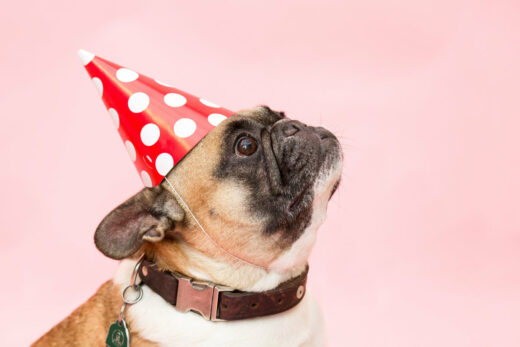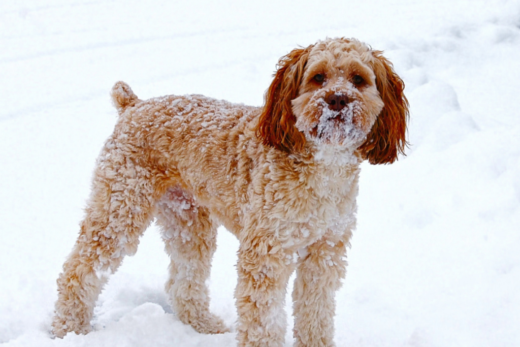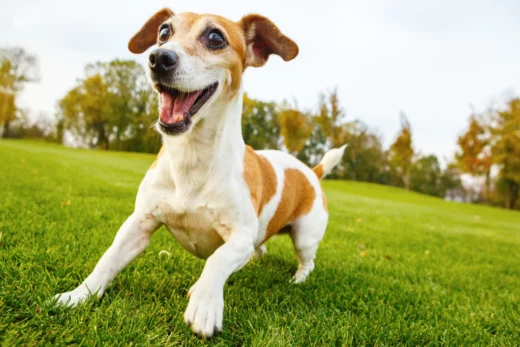Are you getting a new dog and are worried about how your older dog will react? Does your dog struggle to get along with other dogs? Or are your dogs not getting along? It’s natural for dogs to feel territorial. But this can be problematic when you’re introducing a new dog to your family or if you just want to get together with friends who also own dogs.
If your dog is struggling or if you’re worried about introducing a new dog, we’ll give you some of our best tips to minimize aggression and help your dog get along with other dogs.
Our Best Tips on How to Get Dogs to Like Each Other
Here are a few of our best tips on how to make dogs get along:
Let the Dogs Meet In a Neutral Location
To reduce your dog’s desire to protect their turf, you should introduce your dog to other dogs in neutral locations like a park, on the sidewalk, or a neighbor’s yard. This should be an environment that your dog does not feel territorial over.
Reward Good Behavior
Using the positive reinforcement dog training method, you should praise your dog when they meet the new dog and greet the other dog by sniffing and normal friendly behavior. As the dogs play, continue to praise your dog for good behavior. After letting them play, shower them with love and praise them as you give them a break from the other dog.
Watch Both Dogs’ Body Posture
If you notice that either dog begins to show a defensive body posture that may include:
- Teeth-baring
- Growling
- Stiff leg gait
- Prolonged Staring
- Hair standing up on the back
Remove one of the dogs from the area and help them to calm down through positive reinforcement. Once your dog is calm, you can allow the two dogs to interact again. Be careful to watch their body language.
Allow the Newer Dog to Enter Your Home First
If you are bringing the dogs home together, allow the newer dog to enter the home first to reduce your other dog’s desire to protect their turf. You should only allow the newer dog into your home until after the two dogs feel comfortable with one another and show no signs of aggression.
Tips for Introducing a Puppy to an Older Dog
Puppies can be a lot of energy and work for their owners and older dogs. Older dogs can become very annoyed with bouncy, energetic puppies that don’t know they are bothering the adult dogs.
Older dogs will bark, snarl, or growl at busy, active puppies that overstep their boundaries to remind the puppies of their place. This is normal behavior that you don’t need to worry about or correct with your older dog. It helps the puppy understand their limits with the older dog.
Don’t Leave a Puppy and an Older Dog Alone Together
If left alone together and the puppy continually bothers the older dog, the dogs may fight, and it can be unsafe. Until the dogs have established their pack hierarchy and feel comfortable with one another, you should always supervise their interactions.





